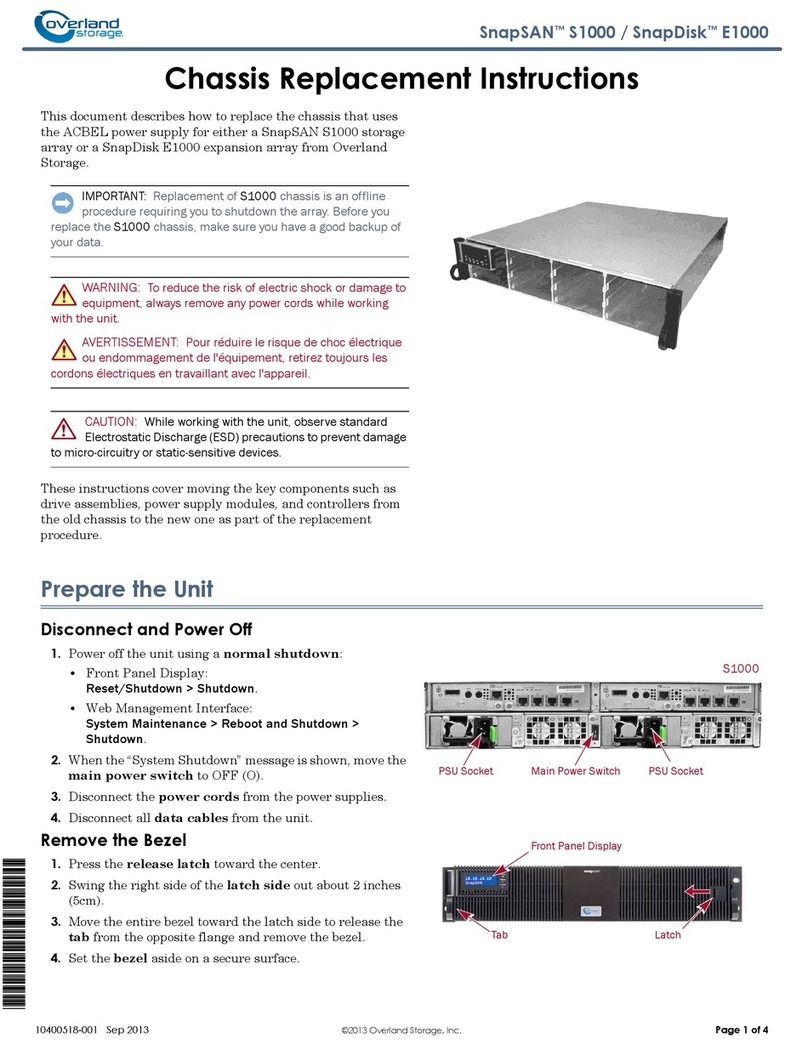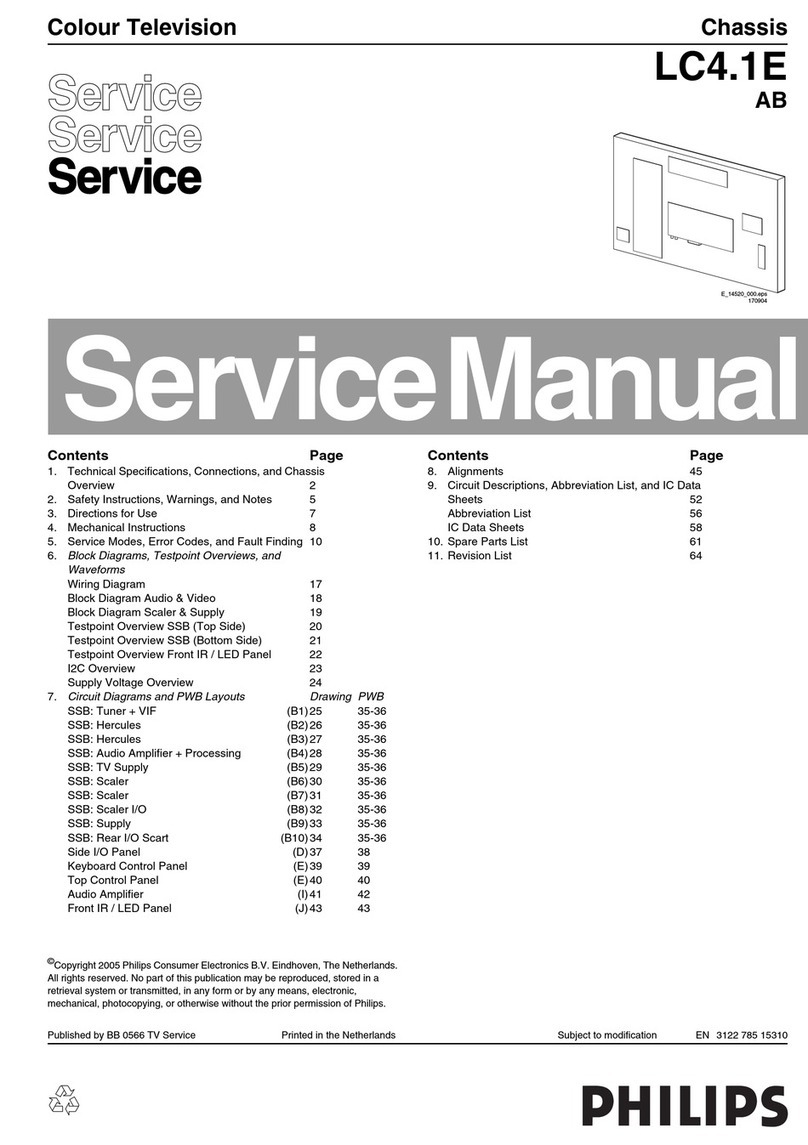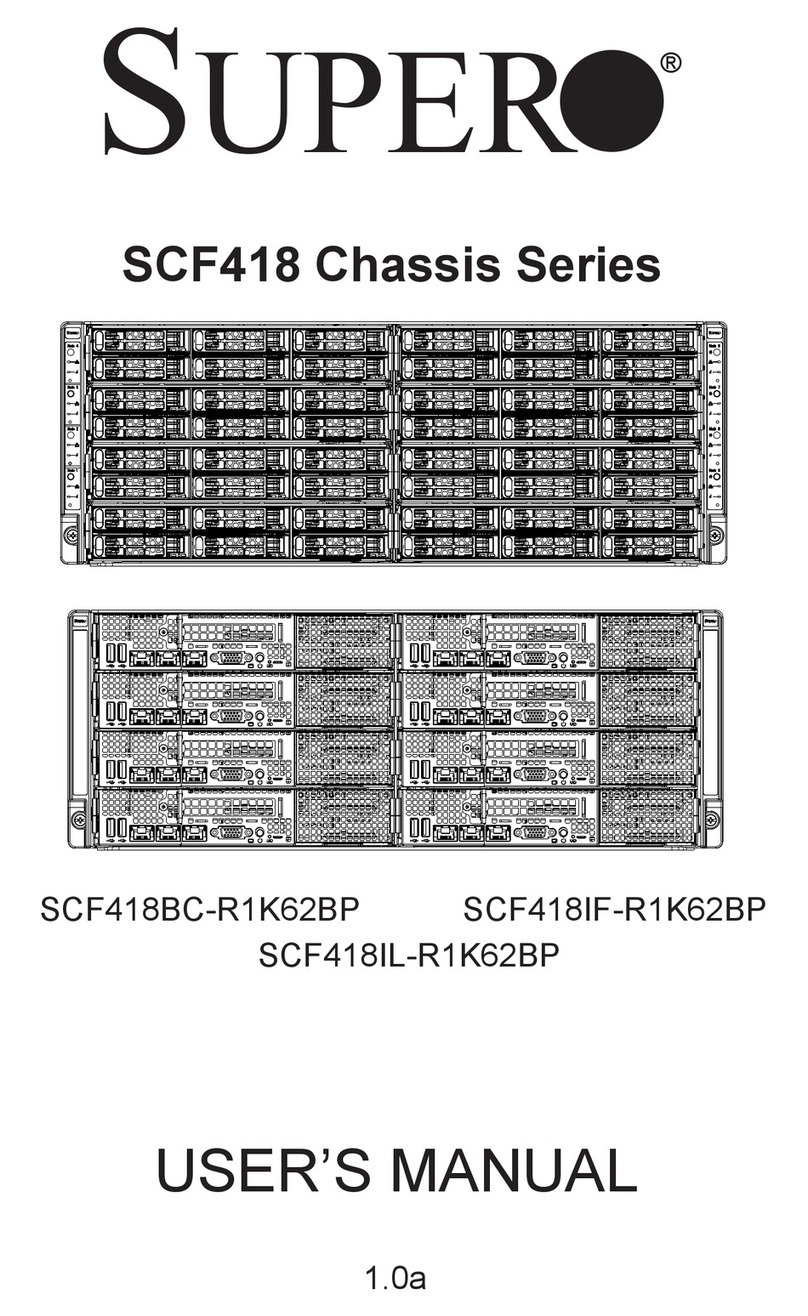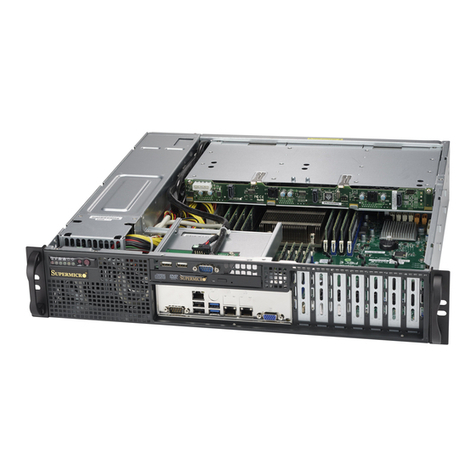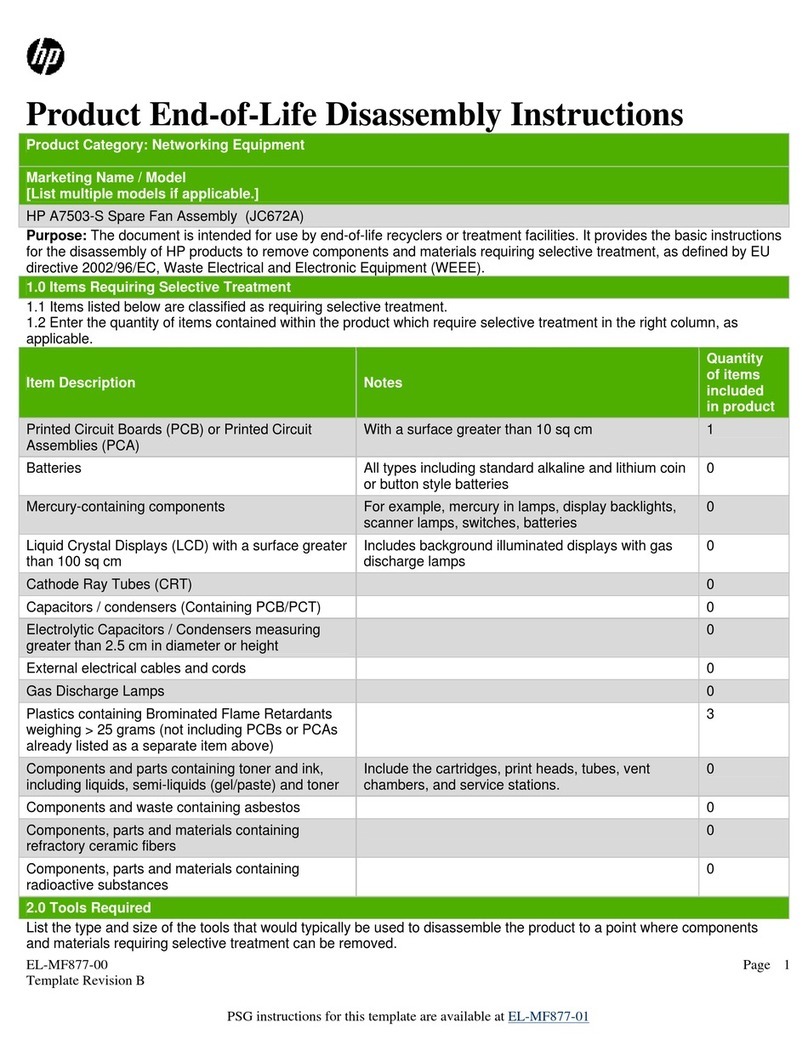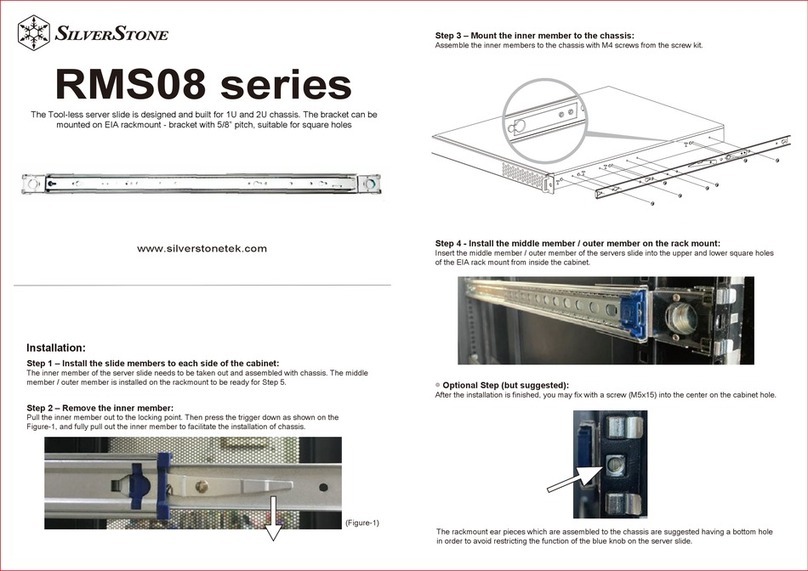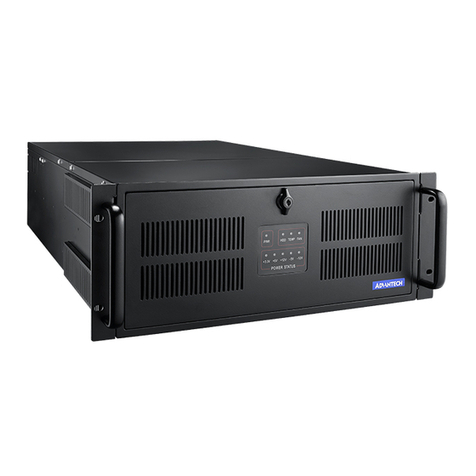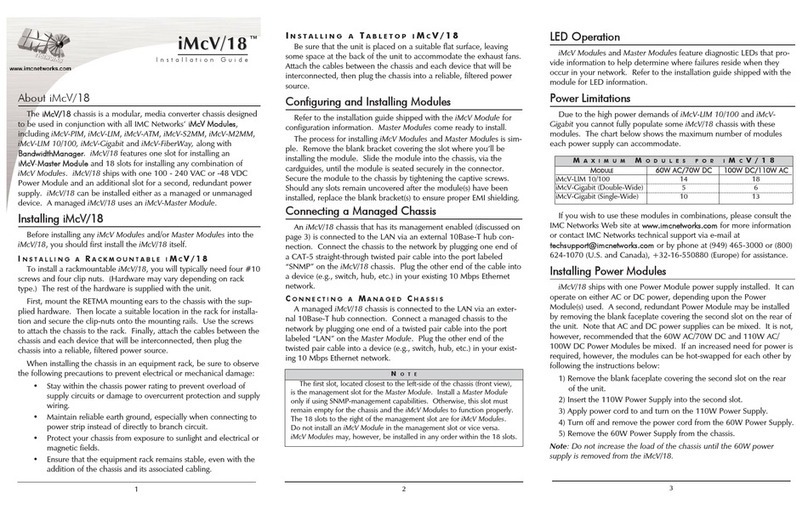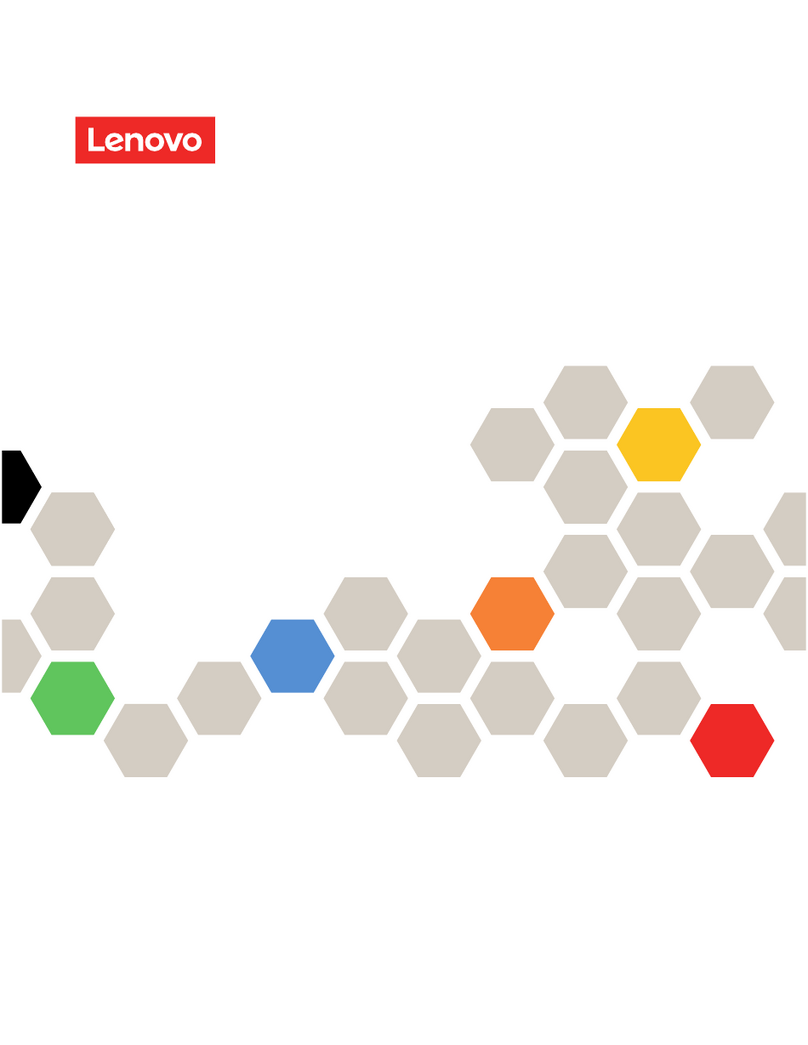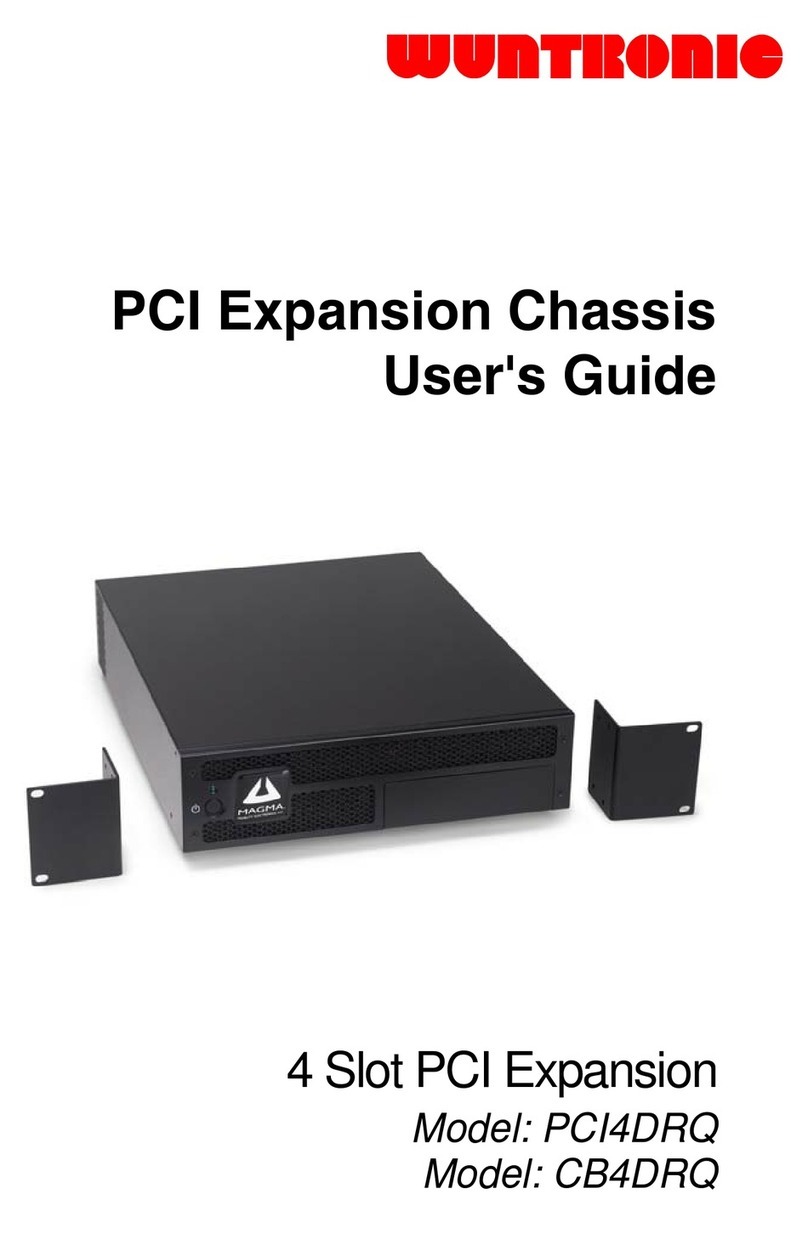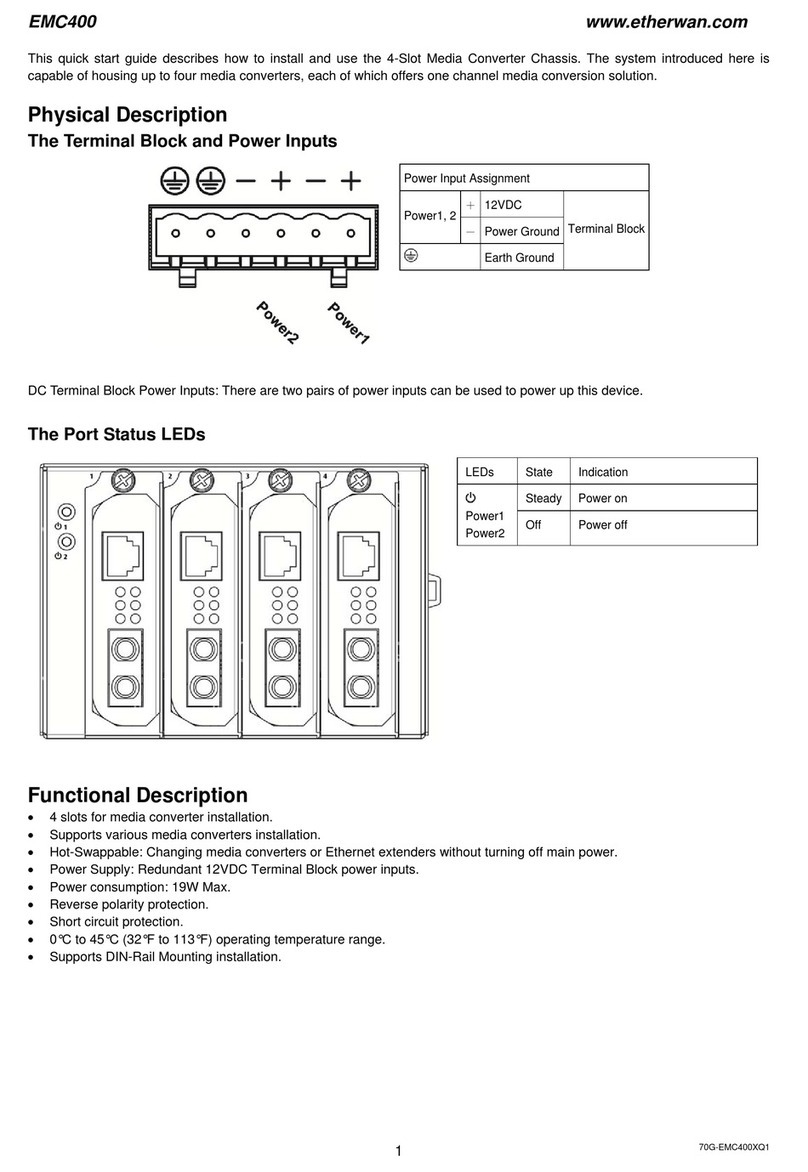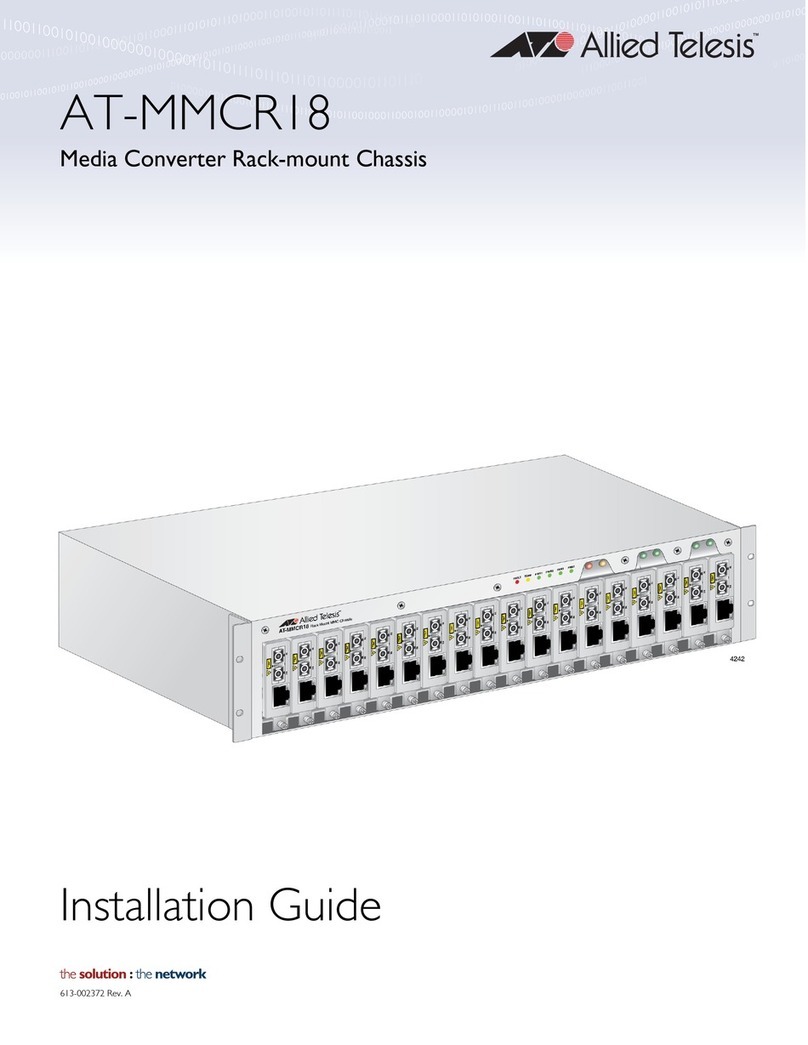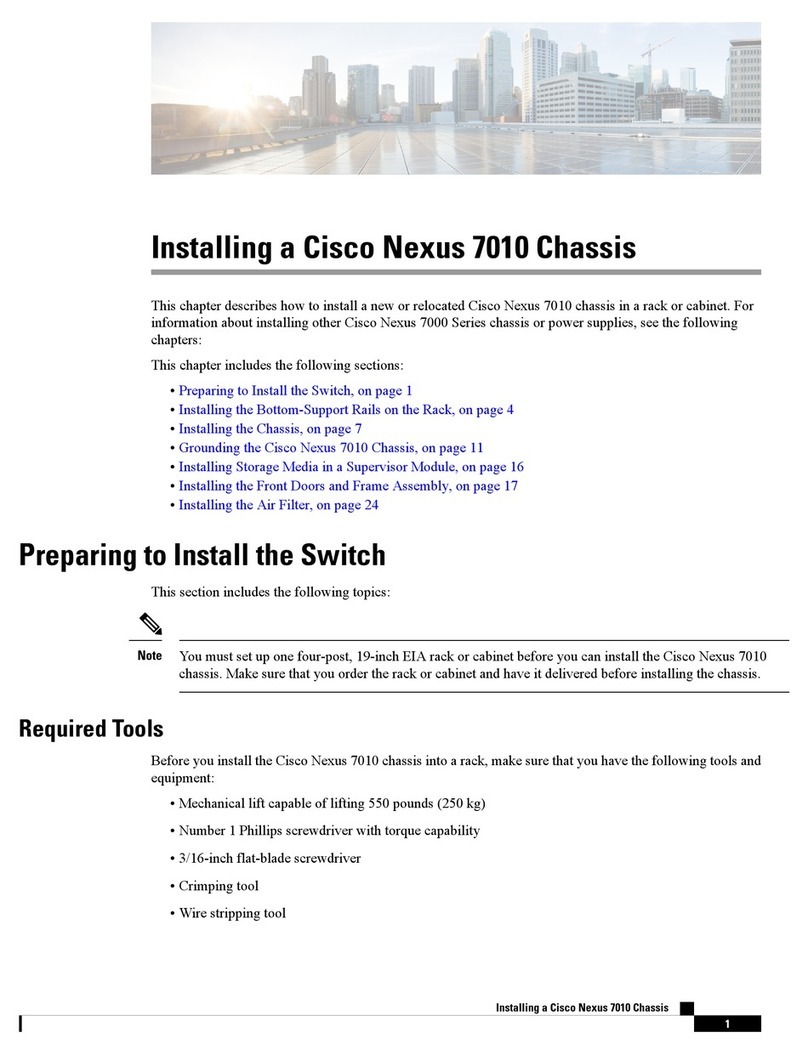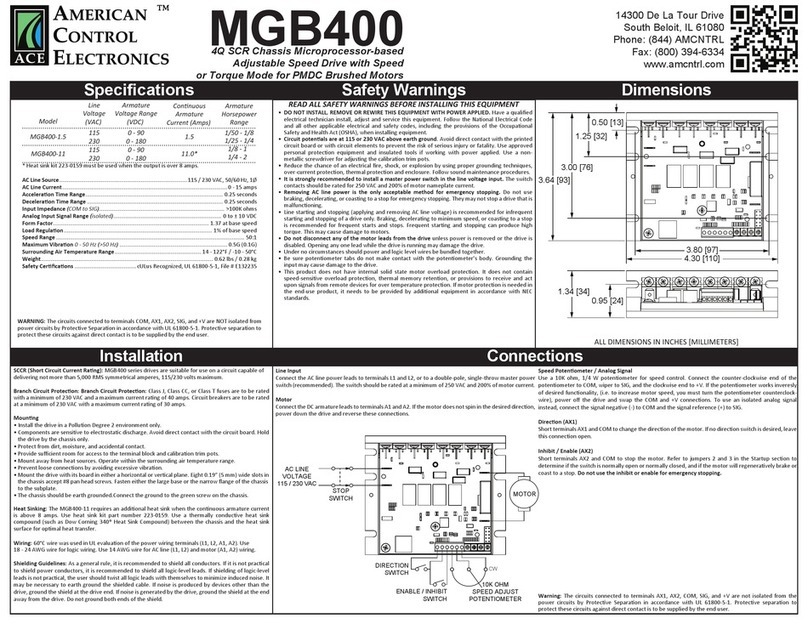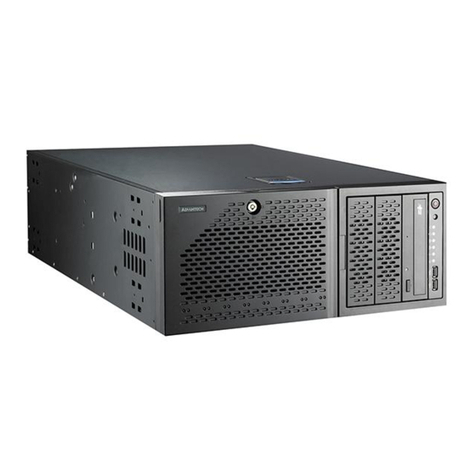
10
Error Code Index
F0040...................................................................128
F0041...................................................................129
F0042...................................................................130
F0043...................................................................131
F0044...................................................................132
F0045...................................................................133
F0046...................................................................135
F0047...................................................................136
F0048...................................................................137
F0049...................................................................138
F0050...................................................................603
F0051...................................................................604
F0052...................................................................604
F0053
Fault Reason 1, 2.............................................523
Fault Reason 3.................................................524
Fault Reason 4, 5.............................................523
Fault Reason 6, 7.............................................526
Fault Reason 8.................................................523
F0054...................................................................527
F0055...................................................................535
F0057...................................................................605
F0058...................................................................606
F0059...................................................................672
F0060...................................................................677
F0061...................................................................614
F0062...................................................................614
F0063...................................................................616
F0064–F0079 ......................................................466
F0080–F0087 ......................................................474
F0088...................................................................240
F0092...................................................................618
F0095...................................................................619
F0097, F0098
Fault Reason 1.................................................271
Fault Reason 2.................................................273
Fault Reason 3.................................................277
Fault Reason 4.................................................280
Fault Reason 5.................................................283
Fault Reason 6.................................................284
Fault Reason 7.................................................286
Fault Reason 8.................................................290
Fault Reason 9.................................................293
Fault Reason 10...............................................296
Fault Reason 11...............................................297
F0099...................................................................299
F0100
Fault Reason 1.................................................310
Fault Reason 2.................................................311
Fault Reason 3.................................................315
Fault Reason 4.................................................317
F0102...................................................................318
F0103...................................................................320
F0104...................................................................321
F0105...................................................................536
F0107...................................................................139
F0108...................................................................627
F0109.................................................................. 683
F0110.................................................................. 684
F0111.................................................................. 550
F0119.................................................................. 140
F0129.................................................................. 143
F0130.................................................................. 628
F0131.................................................................. 260
F0132.................................................................. 512
F0133.................................................................. 551
F0134.................................................................. 552
F0135.................................................................. 553
F0136.................................................................. 554
F0137.................................................................. 631
F0139.................................................................. 707
F0140.................................................................. 403
F0141.................................................................. 562
F0142.................................................................. 565
F0143.................................................................. 570
F0144.................................................................. 452
F0145.................................................................. 633
F0146.................................................................. 145
F0147.................................................................. 635
F0148.................................................................. 641
F0149.................................................................. 642
F0150.................................................................. 643
F0151.................................................................. 644
F0152.................................................................. 645
F0153.................................................................. 147
F0154.................................................................. 148
F0155.................................................................. 149
F0156
Signal Validity Code 1, 2 ................................. 646
Signal Validity Code 12 ................................... 650
Signal Validity Code 13, 14, 15....................... 652
Signal Validity Code 16 ................................... 654
Signal Validity Code 17 ................................... 656
Signal Validity Code 18 ................................... 659
Signal Validity Code 19, 20, 21....................... 648
Signal Validity Code 22 ................................... 661
Signal Validity Code 23 ................................... 663
Signal Validity Code 24 ................................... 654
Signal Validity Code 25 ................................... 665
Signal Validity Code 26, 27, 28....................... 661
Signal Validity Code 29, 30 ............................. 667
Signal Validity Code 3, 4, 5, 6, 7, 8, 9, 10, 11, 03
..................................................................... 648
Signal Validity Code 31 ................................... 646
Signal Validity Code 32, 33 ............................. 654
Signal Validity Code 34, 35, 36....................... 661
Signal Validity Code 37, 38, 39....................... 654
Signal Validity Code 40 ................................... 665
Signal Validity Code 41 ................................... 656
Signal Validity Code 42, 43, 44, 45, 46, 47, 48, 49
..................................................................... 648
Signal Validity Code 50 ................................... 652
F0158.................................................................. 571
Heating circuit investigation ................................ 748
